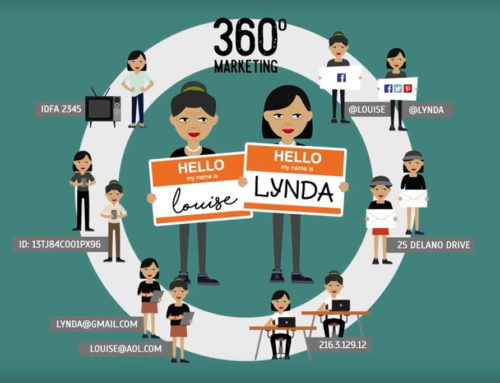There’s a lot of buzz about reporting going around because marketing teams need to measure the value of their campaigns. But which metrics matter? Is reporting impressions, click-through-rates, or likes enough? When budgets are tight, isn’t it more important to confidently tie a desired action to a specific email campaign, social ad or a direct mail piece? Sure, you could simply attribute all the actions your prospects took to your entire omnichannel marketing campaign. But a one-size-fits-all answer really doesn’t answer the question or prove ROI. And it can’t help you make smarter budget allocations. We think there’s a better answer: a Matchback Analysis for your campaign.
Touches vs. Conversions
How many touches does it take to transform a prospect into a viable lead? How many touches does it take to move someone from lead status to resident status for your senior living community? And how much of your budget are you spending on eBlasts, direct mail and digital ads for people who never take the next step? A Matchback Analysis can help you answer these questions. And it can also help save you money.
Our Matchback Analysis is an 18-step process that can identify 20-30% more matches than traditional software. By analyzing your new prospects against the marketing list, we deliver a list of matches with a 90% confidence score. Then we take this matched information and use it to refine your MicroModel profile, thereby increasing the quality of your list with each iteration. As a result, the refined list more closely mirrors your active leads and move-ins.
What is Matchback Analysis?
Using a proprietary algorithm, this type of analysis literally matches the names and addresses of consumers who took the desired action back to the data list used for a specific campaign. For example, how do you know a direct mail invitation to a senior living event is effective? If you include a QR code, special discount or a PURL (personalized URL) on the piece, you have verifiable data. But in an omnichannel campaign, your audience receives your messaging via multiple channels. Sorting through who initiated which actions is a challenge. Attribution can be murky!
A Matchback Analysis focuses on the original data list and who responded. By analyzing who responded, we can identify common demographic, psychographic and geographic information of this group. Then we apply that insight to find more look-alike audiences to improve your data list. Ultimately, this helps you save money by trimming the list of less likely responders. In short, the advantages of a Matchback Analysis includes:
- Accurate campaign results without the guessing
- Identification of successful geographic areas
- Identification of areas and prospects with low or no response
- More accurate data on how to reach your best prospects
And if you’ve been using the same data list for multiple campaigns, this type of analysis can identify those people who have never responded. Removing them from your mailings can result in significant savings.
If you’d like to know more about our Matchback Analysis and how it can benefit your marketing efforts, reach out to Maribeth today. Imagine being able to prove the efficacy of a campaign without all the guessing!






